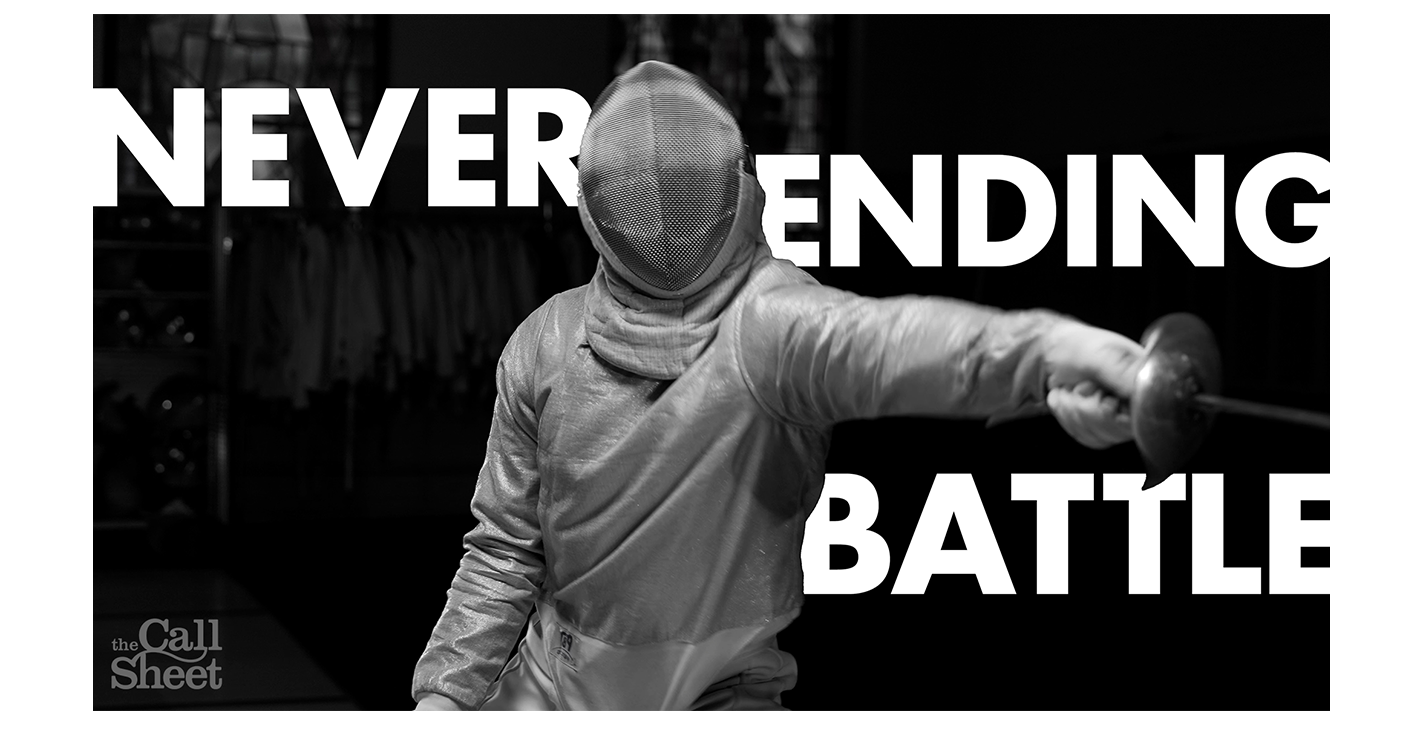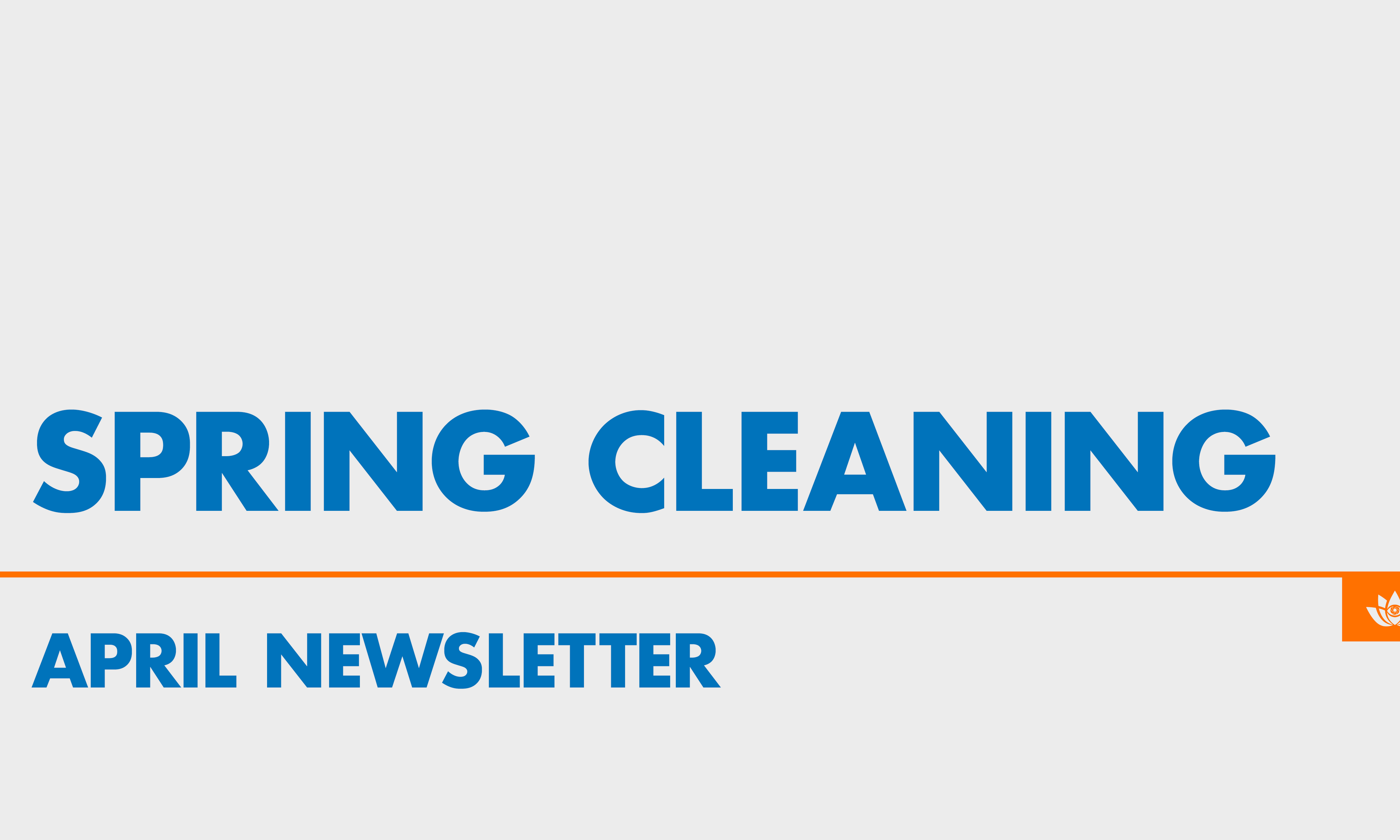Amir George and Fabiola Auxila on their beautifully cinematic short film, ABEFELE
by Rebecca Martin Fagerholm
I had the opportunity to speak with filmmaker Amir George and executive producer Fabiola Auxila about their short film, ABEFELE for THE CALL SHEET. This is their first film under their production company Blank Gaze Filmworks, and it is a beautifully artistic achievement. The film is about two Black fencers, their competition, and the idea of winner, loser, or ancestor. It started as an art exhibition project, but then Amir and Fabiola realized the potential it had to be a cinematic work. They started their festival run at the Milwaukee Film Festival, and will next be heading to the Seattle Black Festival (https://www.langstonseattle.org/sbff/), running in tandem with the Cinema Femme Short Film Fest (https://cinemafemme.com/shortfilmfest/), April 25 -28, followed by the Prismatic Ground Film Festival in New York City May 8 - 12 (https://www.prismaticground.com/). ABEFELE has already been receiving acclaim, and its producer, Fabiola, is a personal friend of mine. I could not be happier for her!

What was the inspiration for this story, and how did you both come to this project?
Amir George (AG): The film was commissioned for an art exhibition, and the artist I was working with, Jay Simple, had a background that fit with this project. He came up with the idea to do a story about fencing. A lot of my work, and a lot of his work, deals with the spiritual realm from a surrealist perspective.
Jay also plays one of the fencers in the film, and the short film was commissioned for this exhibition he had in Philadelphia last fall. That was the starting point. I think one aspect of the film that is really special is seeing images of Black people fencing. We haven’t really seen this onscreen before. When I make things, I’m always thinking about images we haven’t seen of ourselves.
Fab, how did you come to this project?
Fabiola Auxilia (FA): When Amir and I were talking, he brought up that he wanted to make a film that had Black fencing. He had mentioned the exhibition as well, and I was intrigued immediately. I want to say maybe late spring or early summer, we started preparing to make the film. It was a no brainer. He told me what his vision was and I knew that I wanted to be involved right away. I didn’t really know a lot about fencing. I’m sure Amir didn’t know too much about it either in the beginning. Then we learned more than we ever did before about a sport by working on this project. There wasn’t much convincing that had to be done.
AG: In addition to that, I was interested in Fabiola’s work as a producer. This was an opportunity for us to bring the film together.

I loved the artistic elements to the film, like the choice to film it in black and white, and also having nature elements with the fencing scenes, along with the poetry woven throughout the film. I was also struck by the man in the ceremonial garb who was standing by the fencers.
AG: In color, the film looked really cool too. The concept of the character, Egungun, with the garb on is a representation of West African ancestors, and each family within a village in West Africa. Egungun represents the ancestral spirit. When I was working on the concept of the film, I just wanted to keep it simple. We only had a day to shoot. The film was meant to be in the gallery, so I was thinking about the artistic elements, but it could also play in the cinema as well. So I was thinking about how I wanted the film to feel. In the vein of just trying to keep it simple, the concept itself is just about the “win and loss” of your ancestors. It’s about looking at a cyclical experience that we all go through, with these internal and external battles. The ancestors are there to guide us, help us and referee these conflicts that we face.
So the choice to make it in black and white came through the editing process. When I was editing, I kept changing it back and forth between black and white and color. I had to discover what was more engaging and powerful to me. I think with a lot of the images, the main character is hanging his head and he is breathing. When we see the back of the fencers heads a lot in the film, the black and white just had the most visual appeal. I also thought a lot about the colors of the sport. It’s very silver, and there really are not a lot of colorful aspects.
The poetry comes from a spiritual teacher named Malidoma Patrice Somé. He is a writer I’ve been reading and following for a while who passed a few years ago. When I was making the film, I wanted to think about ways to incorporate his work into mine. I’ve always been inspired by his teachings and writings, so I used words that he shared about his journey. And I was really looking for something that spoke to the artistry in the spiritual sense. His words mostly come from an excerpt of his book that came out in the 1990s.
FA: Going into the film, when going through the storyboards, we would walk through it. But I had to see it all come to life for it to make sense to me. As we were on set filming, it came together onscreen and all made sense. Then I understood the vision more and where Amir wanted to take it.

How did you find your two fencers? I know one was the artist, Jay Simple, but what about the other one?
AG: A lot of things shifted over time in regards to our casting choices. Originally the cast’s goal was to represent the artist. But we wanted another person who had the skills of fencing and could match the artist. Casting another Black man who was able to understand the sport and play was a bit of a challenge, in this city, at least. With this character, I wanted to show how people engage with the sport. We were looking for a younger person in their teens to play the role, and we had to wait until after the national fencing competition. It’s one of their largest competitions. We needed to shoot two weeks after nationals, and we still needed to find the other fencer.
So this coach reached out introducing us to Caleb Brutus, who happened to be a D1 fencer. He had just received a scholarship to play at a university, and was the perfect person for the role. After we found him, he agreed to play the part.
FA: He was very easy to work with, and very willing. Jay, who was the other talent, really had to step it up. But it was great to see them fence. Caleb is only eighteen years old, so it was nice to see that dynamic between the two of them.
AG: I would say the age difference contributed to it overall in that they were like the older and younger versions of the same character.
So you’re in the festival run with the short?
AG: Yes, we are very excited about the festival run. So far, we’ve been selected for three festivals: Milwaukee, the Seattle Black Film Festival, and Prismatic Ground in New York. I was trying to lean into that idea of merging art and cinema, and to be able to have the work accepted into a cinema space. It’s a whole different experience, and to see it in tandem with other films will be a great experience. It’ll be interesting and great to hear the audience’s reactions to the film during the Q&As.
FA: The film is getting great reactions so far!

What do you hope people see in your film?
AG: I hope they watch it in full [laughs]. If they are sitting down in the theater, they should be able to watch it in full, but in a gallery, they usually are just engaged for part of the film and then walk away to look at something else at the exhibit.
But I hope people feel something. I hope what they see makes them feel something with a deeper sense of knowledge. It may spark their curiosity about the sport, and get them interested in learning more about Egungun character. I also hope the idea of winning or losing your ancestor resonates with the audience, because that’s something we go through all of our lives, you know? That’s how we function. And it’s a never-ending battle.
Did you want to talk about some of the other people that helped make this possible?
AG: Blank Gaze is our production company that Fabiola and I are a part of, and this is one of our first projects with the production company. Our other collaborators are amazing. It’s with people I’ve worked with before, or for the first time. We had a good experience bringing everyone together. We only had a day to shoot, and we were able to execute it in a way that we knew what to expect when we went in there. I think with Blank Gaze, there is a lot to look forward to within that collaborative space, with the work that Fabiola will be able to create and my own work. We just want to keep making stuff.
I also think with the process of making films, we learn so much about the things we are making films about. We know so much about each other already, and we know so much about ourselves. I always want to share the information with the people that I’m working with and what’s involved, just to have more of a whole experience outside the making of the film, so it resonates deeper. I want us all to grow through the work we’re doing. I think making films like this and incorporating this kind of melodrama will help us grow.

Fab did you want to add onto that?
FA: Having this film be the first project under Blank Gaze was a great way to kick things off. I think with the film everything fell into place, and that was great. Like Amir said, it was a day-long shoot. As we were filming, some of us were able to see it as it was being filmed. I don’t want to say I knew what I expected to see, but I did have a few moments on set where it hit me that this was real. I saw how it was going to come to be and how it was going to look. I think it hit me then. And when Amir approached me about Blank Gaze, I was definitely all in. Producing our own films doesn’t limit us, it’ll set us up for a variety of projects.



